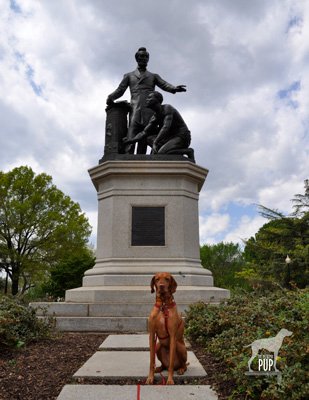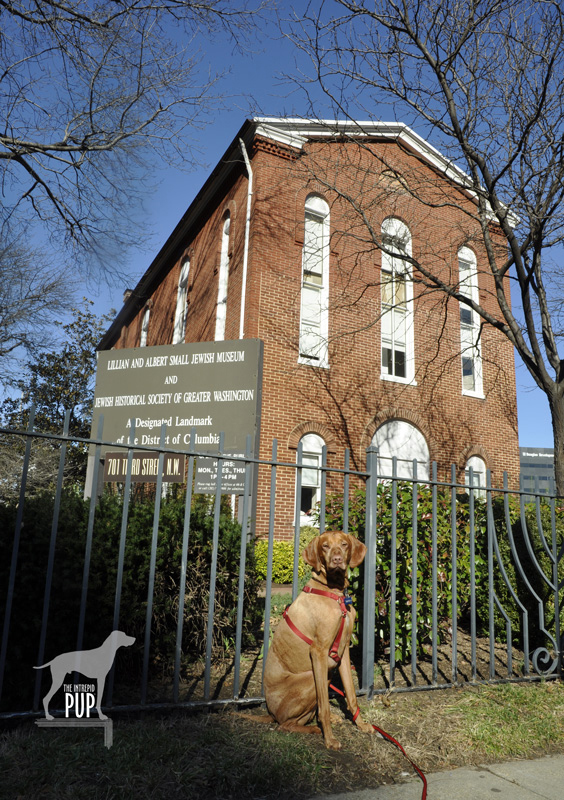 Now that the calendar has flipped to May, the national observance of Jewish American Heritage Month has begun. President George W. Bush first enacted it in April 2006, and it’s been an annual celebration ever since.
Now that the calendar has flipped to May, the national observance of Jewish American Heritage Month has begun. President George W. Bush first enacted it in April 2006, and it’s been an annual celebration ever since.
Apropos of the month, Tavish the Intrepid Pup recently visited Washington, DC’s first Adas Israel Synagogue, now home to the Jewish Historical Society of Greater Washington‘s (JHSGW) Lillian and Albert Small Jewish Museum. The next time you’re zipping along (or sitting in traffic?) on I-395 near Massachusetts Avenue in the District, cast a glance high up on the west side of the interstate to catch a glimpse of it. Better yet, go visit!
This just so happens to be the oldest synagogue building in the nation’s capital. On the day we stopped by, both JHSGW’s education specialist Lisa and long-time archivist Wendy were on hand, and it was clear from conversing with them that the story of this synagogue is relevant to Jewish and non-Jewish audiences alike.
On one level, it’s an immigrant saga that has played out in countless cities throughout the country. In this case, the year is 1873, and 38 families among a rapidly growing Jewish community yearn for a permanent home for their Adas Israel congregation, which had split from Washington Hebrew in 1869. They enlist Max Kleinman and J. William & Co. to design and build a two-story brick synagogue at the corner of Sixth & G Streets, NW.
But here’s where an otherwise very local story intersects with the national stage. After years of planning and construction, the Adas Israel Synagogue’s completion is celebrated in 1876 with a three-hour Orthodox service. President Ulysses S. Grant is there, making him the first U.S. president to attend a synagogue service. While having a sitting president at a grand opening is a coup by any standard, Grant’s presence in particular is both significant and highly intentional on the part of the synagogue’s founders. Back in December 1862, while still serving as Union general in the Civil War, Grant issues “General Orders #11” calling for the expulsion of Jews from all territories under his command as a means of cracking down on black marketeers. President Abraham Lincoln quickly intervenes to overrule Grant’s astonishingly ill-conceived order, and Grant is scathingly criticized for anti-Semitism. The scandal festers throughout Grant’s 1868 presidential campaign and presidency (1869-1877). Through his many conciliatory actions, Grant eventually restores much of his integrity with the Jewish community nationally, and his attendance at Adas Israel in 1876 is met favorably. (Note: Historian Jonathan D. Sarna has just come out with a book on the subject entitled, When Grant Expelled the Jews and will be presenting a lecture and book signing with JHSGW later this week.)
On another level, the synagogue’s story reflects the changes in a congregation and in a neighborhood. The congregation ends up outgrowing the synagogue in less than 30 years and by 1906 sells the building. As part of an ethnically diverse neighborhood full of row houses and small businesses owned by African American, Chinese, Irish, Italian, German, Greek, Jewish and Russian families, it’s little wonder that the synagogue structure gets redefined in myriad ways throughout the 20th century. Other religious denominations use the space and, ironically, for a time there’s even a pork BBQ joint on the first floor!
Ultimately, though, the synagogue’s legacy is one of successful historic preservation. When the Washington Metropolitan Area Transit Authority (aka Metro) bought the land at Sixth & G Streets for building its headquarters, the Adas Israel Synagogue building seemed destined for a wrecking ball. The JHSGW, formed by volunteers in 1960, recognized the synagogue’s importance as a designated DC historic landmark and sprang into action to save it. In 1969, JHSGW had the synagogue moved in its entirety to its current site three blocks away at Third & G Streets, NW. The synagogue was added to the National Register of Historic Places that same year and, after extensive renovations, opened as the JHSGW’s museum in 1975.
With a number of JHSGW events specifically planned for this May’s Jewish American Heritage Month—from a challah sale (a traditional, braided egg bread…yum!) to a guided walking tour of Jewish sites at Arlington National Cemetery—there are plenty of reasons to put JHSGW on your agenda.
Dogging the Details
38°53’54.25″N, 77° 0’54.37″W
Jewish Historical Society of Greater Washington (JHSGW), Adas Israel Synagogue, Washington, DC
 Like most museums, JHSGW doesn’t permit pet dogs inside the synagogue building, but that shouldn’t stop you and your pup from visiting the museum’s small but nicely landscaped grounds. Getting there on foot is easiest as there’s limited public parking nearby. Additional points of interest within the vicinity include the Judiciary Square complex, the National Building Museum, and the National Law Enforcement Memorial.
Like most museums, JHSGW doesn’t permit pet dogs inside the synagogue building, but that shouldn’t stop you and your pup from visiting the museum’s small but nicely landscaped grounds. Getting there on foot is easiest as there’s limited public parking nearby. Additional points of interest within the vicinity include the Judiciary Square complex, the National Building Museum, and the National Law Enforcement Memorial.
However, the best way to extend the JHSGW experience with your dog is to pick up two of the museum’s informative (and free!) tri-fold brochures. One is for a self-guided walking tour throughout the synagogue’s immediate neighborhood, highlighting a dozen buildings with various connections to Jewish heritage in DC. The other pamphlet is similar but provides a walking tour of Jewish sites within Old Town Alexandria, Virginia, just 8.5 miles south. Learn a little local history and get your dog (and yourself!) out for some exercise! For the compelling history and pleasant strolls, visiting JHSGW scores a “1” on the Intrepid Pup Wag-A-Meter.

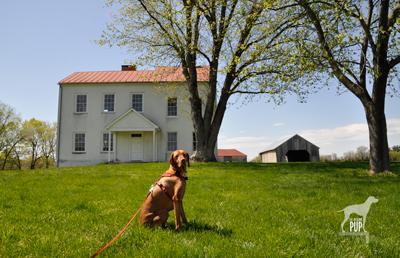

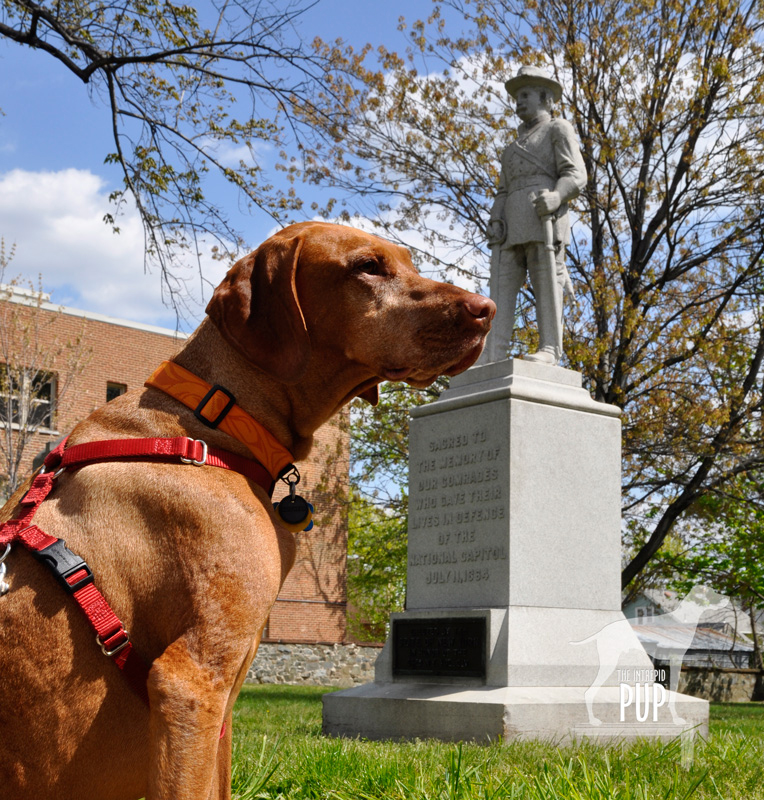


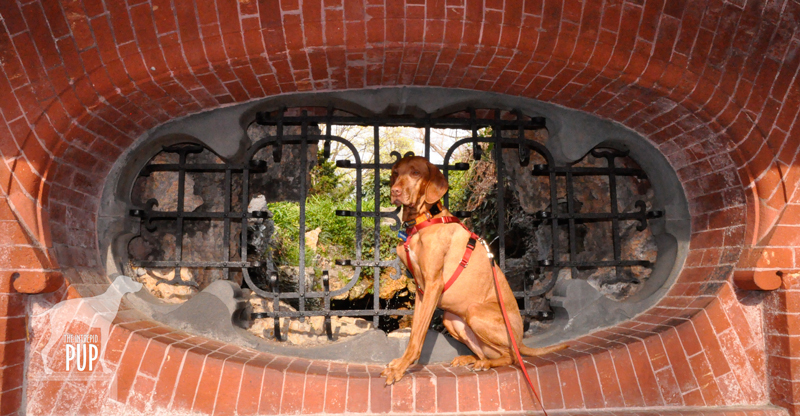
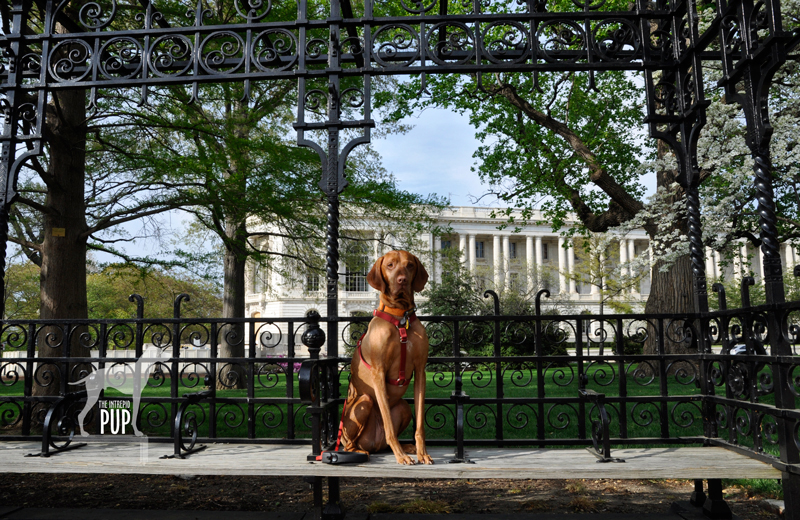
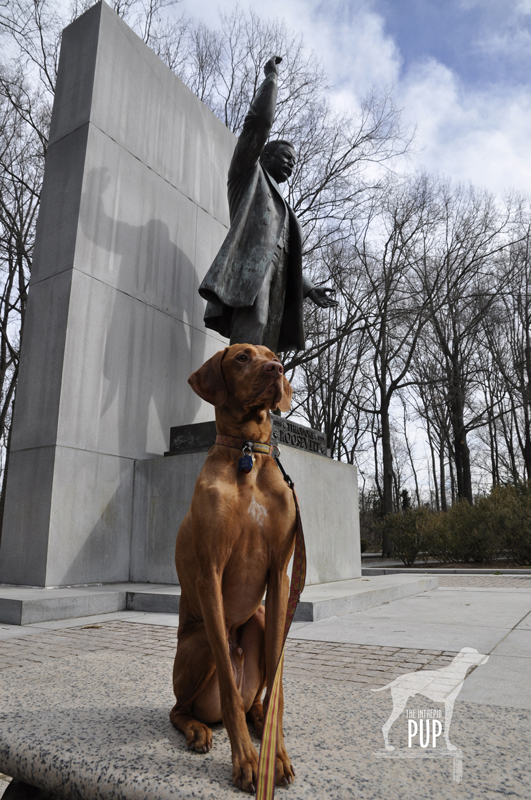 If you’re as big a fan of America’s national parks as
If you’re as big a fan of America’s national parks as 